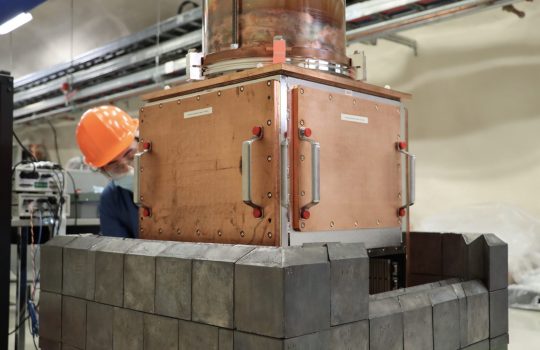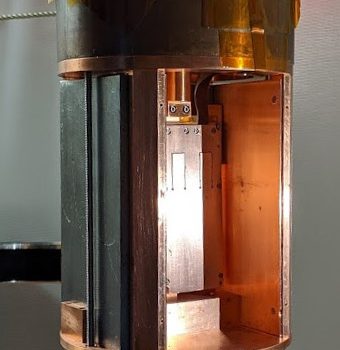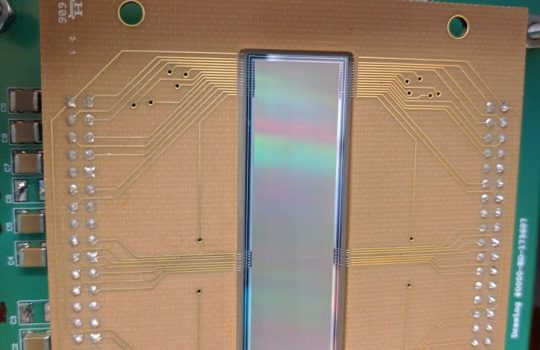Building a cross-border dark matter experiment deep underground — during a pandemic
Creating a hypersensitive dark matter detector in a clean lab more than a mile underground is no mean feat in and of itself. Add a closed border and COVID restrictions to the mix, and you have the scenario that Fermilab, SNOLAB and the SENSEI collaboration faced. Undeterred, they found a way to proceed with installation.



